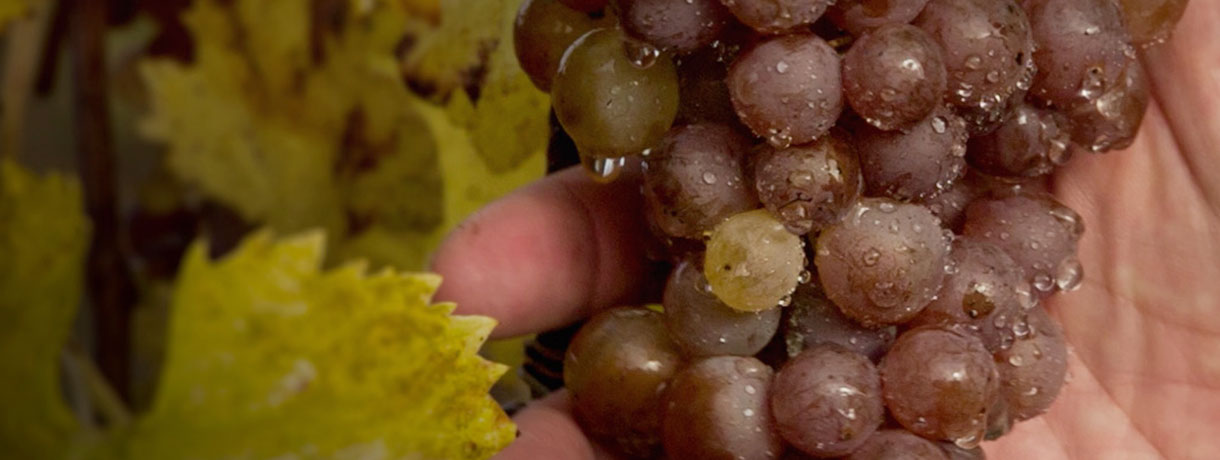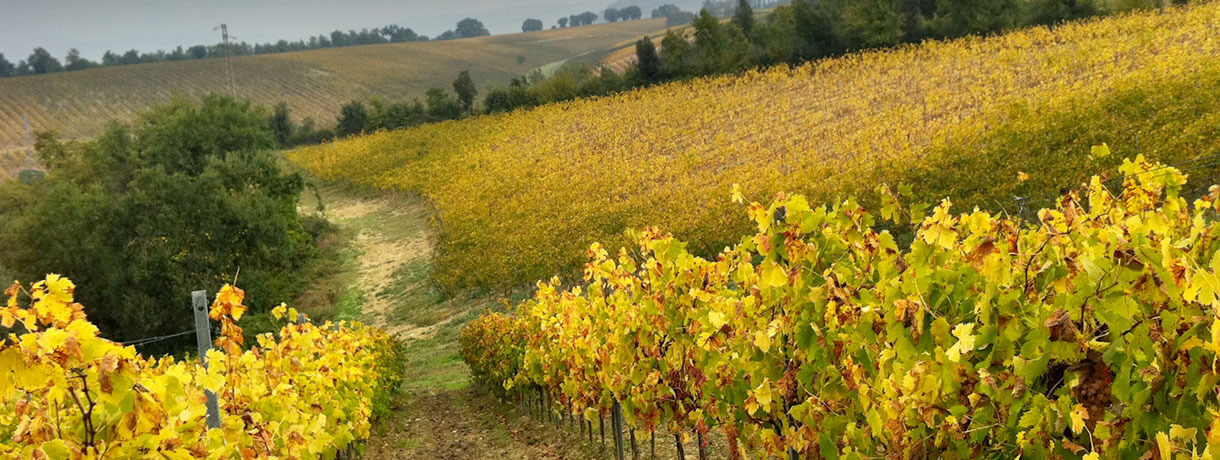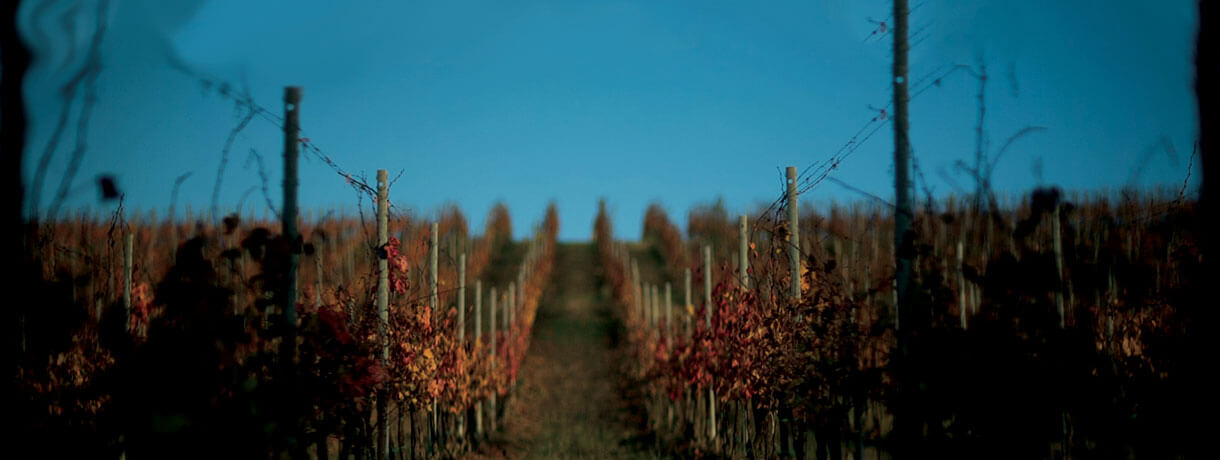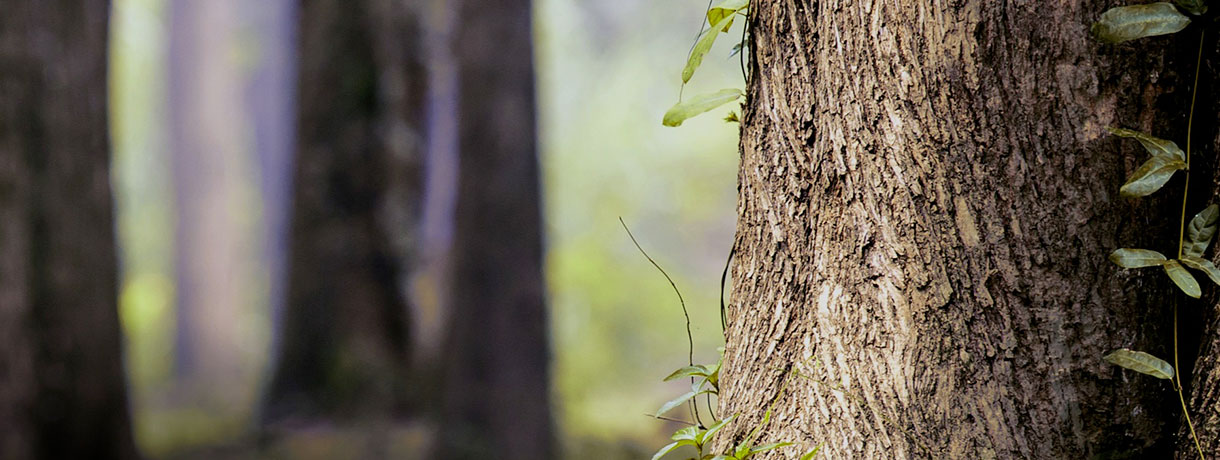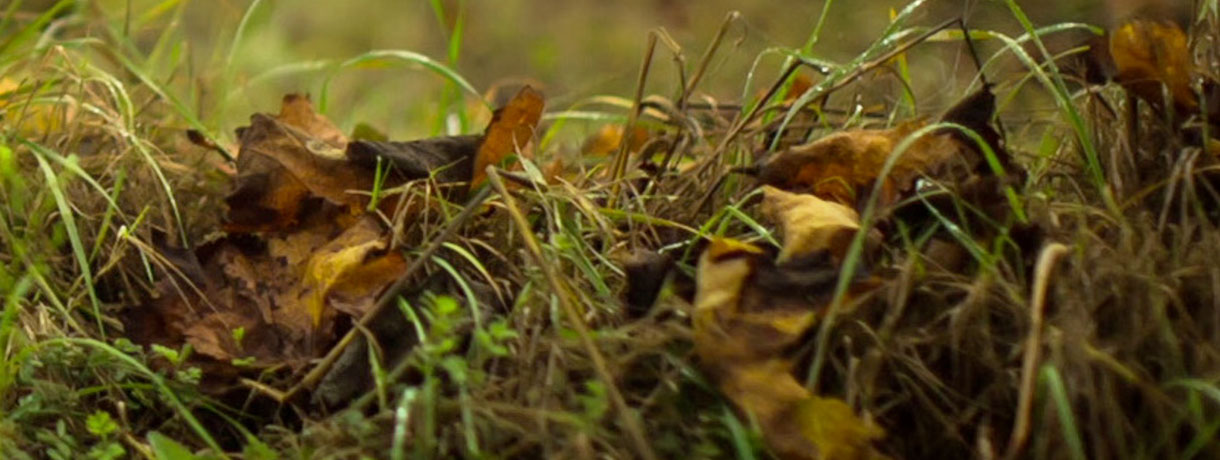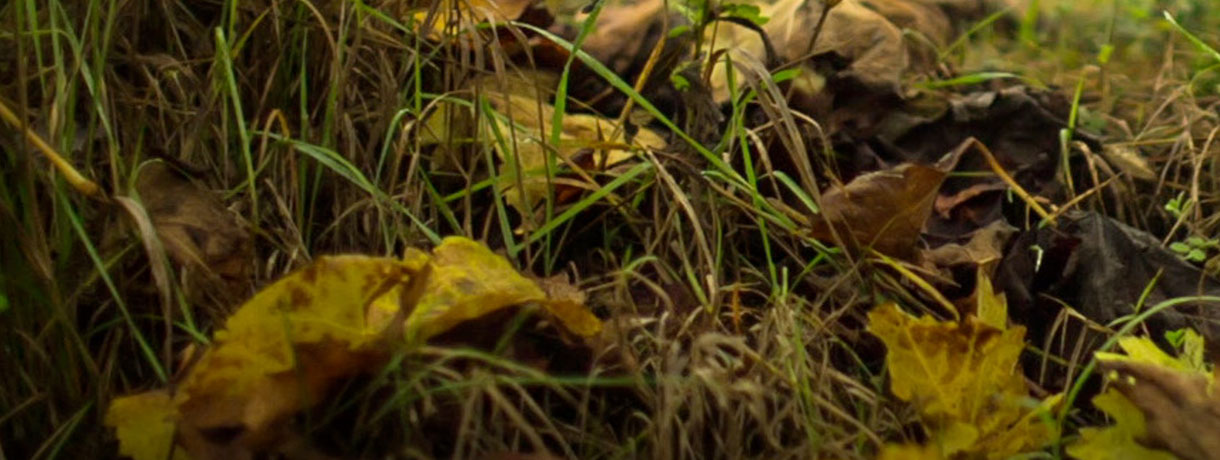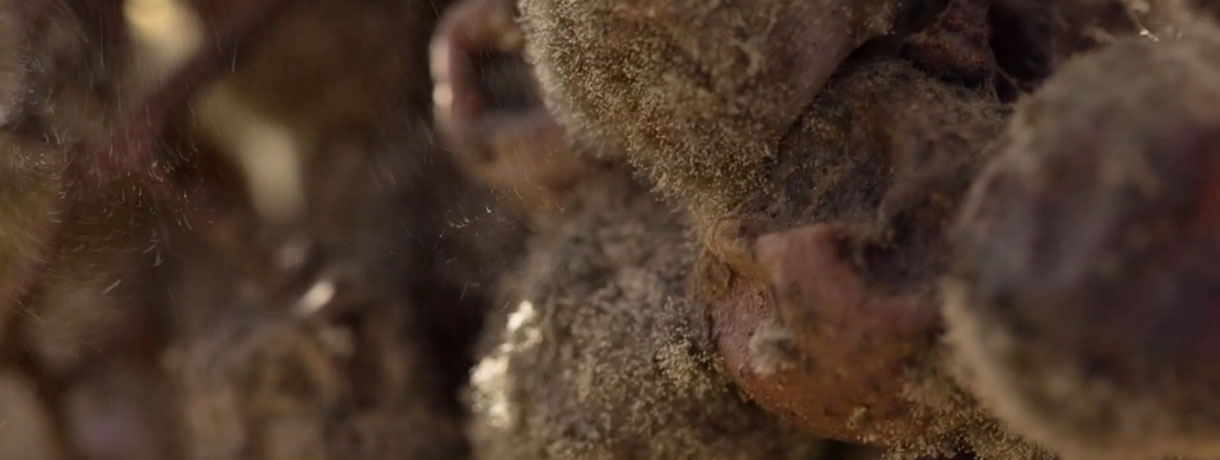In autumn, the vineyards of Orvieto Classico are often cloaked in dense morning fog rising from Lake Corbara, creating a unique natural spectacle. Under these particular microclimatic conditions, a rare and precious phenomenon occurs: Botrytis Cinerea, a microscopic fungus that can transform into “Noble Rot,” provided there is a perfect alternation between nighttime and morning humidity and mild, breezy afternoons. Only a few territories in the world can offer this equilibrium, making our Orvieto Classico a true rarity in international wine production.
Thanks to Noble Rot, tiny pores form on the grape skins, causing gradual dehydration of the fruit while concentrating sugars, acidity, and aromatic compounds. The result is an extraordinary raw material that yields incredibly dense musts, rich in intense, complex aromas and offering a unique balance between sweetness and freshness.
Harvesting grapes affected by Noble Rot is an extremely delicate operation, carried out entirely by hand and in multiple passes. With great skill and expertise, our team selects only those clusters at the ideal level of botrytization, leaving the others on the vine for further ripening. Anywhere from three to six harvest rounds, spread from October to December, may be required to pick each cluster at its perfect moment.
This artisan-level attention results in musts of exceptional quality, where high sugar content blends harmoniously with bright acidity, ensuring wines of great longevity and extraordinary complexity.
Fermenting Noble Rot grapes is a slow and controlled process that can last several weeks. This extended time allows the aromatic and flavor richness that characterizes our wines to fully develop. Fermentation stops naturally, leaving residual sugar that imparts softness and depth.
Our botrytized wines stand out for their unparalleled aromatic bouquet, where notes of dried apricot, acacia honey, saffron, dried figs, and a hint of candied citrus peel intertwine with an elegant mineral freshness. On the palate, they offer remarkable persistence, with sweetness balanced by vibrant acidity, making them perfect for pairing with blue-veined cheeses, custard-based desserts, or for savoring on their own as meditation wines.
Producing botrytized wines is a source of great pride for us and represents our unbreakable bond with the land. It is a process that combines tradition, innovation, and artisanal expertise, projecting us into the future without ever losing sight of our roots. These wines continue to captivate palates around the world, confirming Orvieto Classico as one of the most renowned regions for Noble Rot.
